Bridge Stations
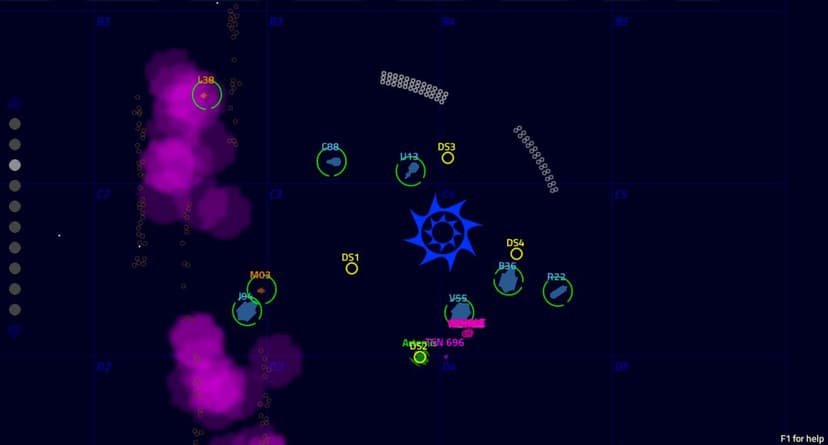
In Mission: Helios, the bridge is equipped with six distinct stations, each with its own set of responsibilities that are crucial for the success of the mission. These stations include Helm, Weapons, Engineering, Science, Communications, and the Captain's chair. Each station requires a dedicated crew member to manage specific tasks, such as navigation, combat, system maintenance, and information gathering. Effective communication and coordination among all stations are essential, as each role contributes to the overall strategy and execution of the mission. The simulation is designed to foster teamwork and collaboration, ensuring that every crew member plays a vital part in achieving mission objectives.
Bridge Setup
The simulation works best when all stations are located in the same room to facilitate communication and coordination among crew members. If space is limited, we can provide communicators to ensure that all stations can hear each other. Ideally, the Helm, Weapons, and Captain's stations should be in close proximity to enhance teamwork and decision-making during missions.
Requirements
Each mission requires a minimum of two crew members to operate the Helm and Weapons stations. These stations are essential for navigation and combat, respectively, and cannot be occupied by the same crew member. It is recommended to have at least one additional crew member to manage the remaining stations, such as Engineering, Science, Communications, or the Captain's chair, to enhance the overall game play experience.
Helm - Required
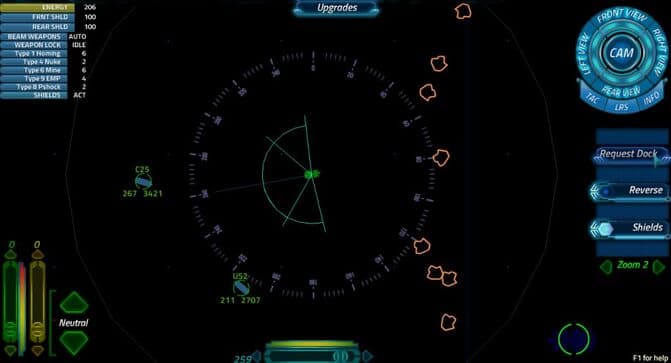
The Helm officer is responsible for steering the ship, making them a crucial part of the crew. Most ships in Artemis are equipped with a standard warp drive, but some have the capability for point-to-point jumps. In addition to navigation, the Helm officer can raise and lower the shields and control what is displayed on the main view screen, making this role essential for both movement and defense.
Weapons - Required
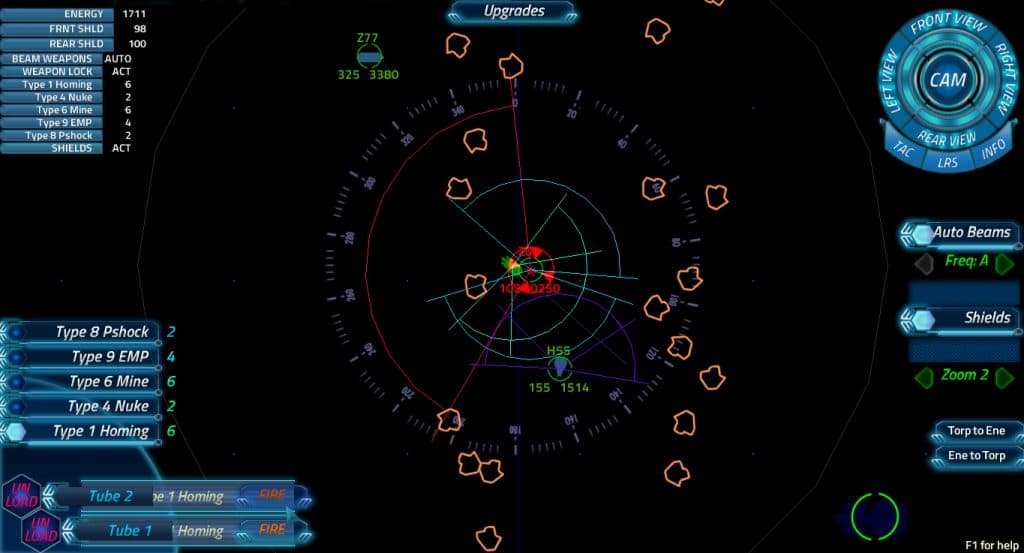
The Weapons officer manages the ship's arsenal, selecting the type of ordnance to fire at enemy ships. Artemis ships can be equipped with beams, various kinds of torpedoes, and proximity mines. The Weapons officer also has the ability to raise and lower the shields and control the main view screen, playing a vital role in both offense and defense during missions.
Captain
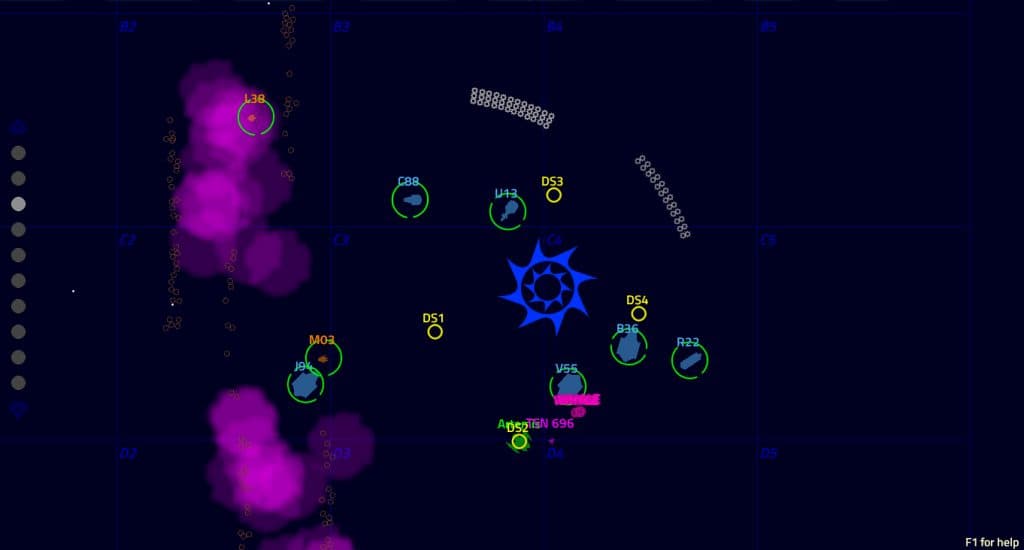
The Captain's job is to see the big picture and make strategic decisions about the mission. This includes deciding which missions to undertake, which enemies to engage, and ensuring the crew's survival. The Captain's leadership and decision-making skills are crucial for the success of the mission and the safety of the crew.
First Officer
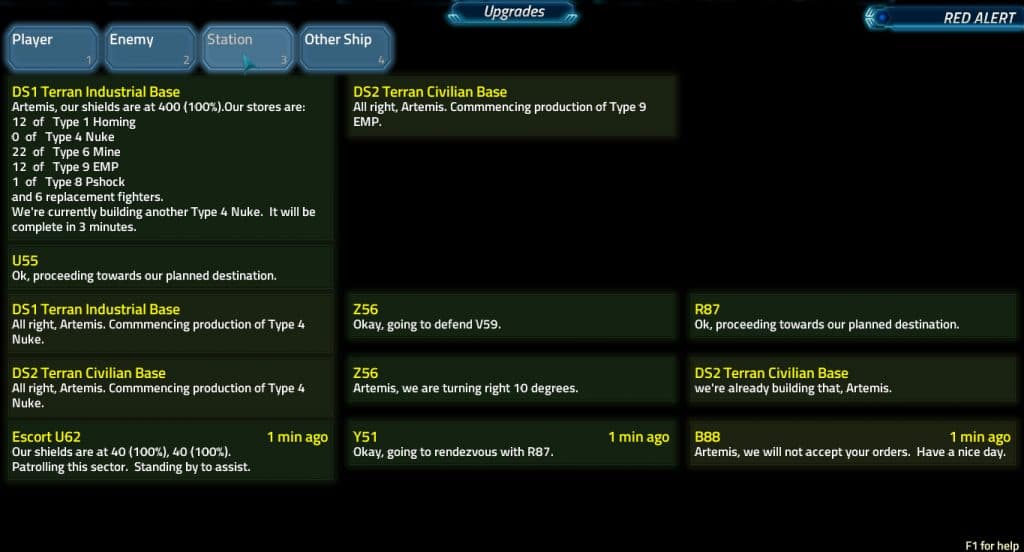
The First Officer communicates with the Science station and the Helm to help navigate to stations and enemy locations. This role is often filled by one of your Mission Leaders but can be taken by a team member if preferred. The First Officer does not have a dedicated computer station but plays a key role in coordinating the crew's actions and ensuring effective communication.
Science

The Science officer gets to see the big picture, and can view the whole game map. The science officer identifies friends and foes, and is the first to know if one of your space stations or friendly computer controlled ships is under attack. This officer will communicate with the First Officer (if present) or the captain to keep them apprised of the state of the mission.
Engineering
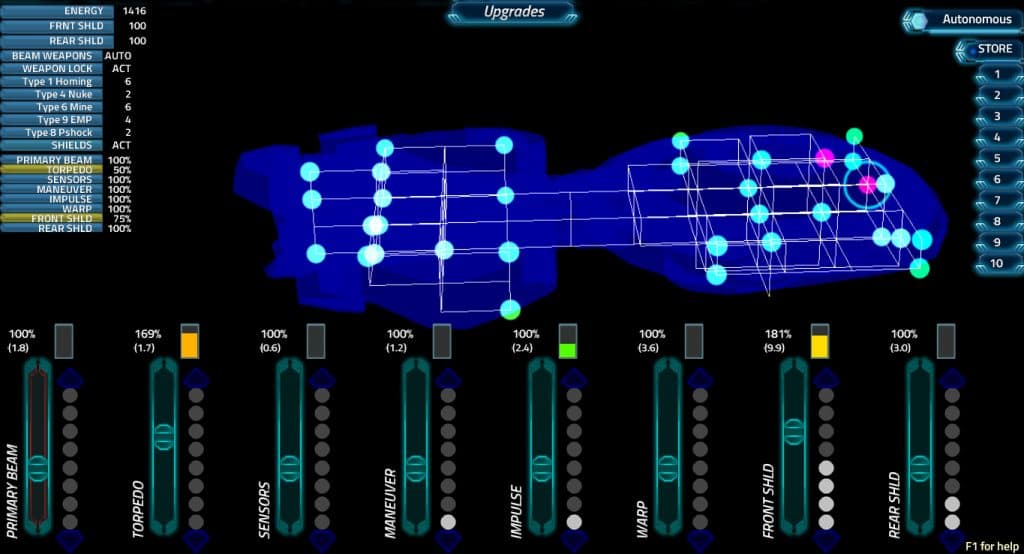
The Engineering officer is responsible for managing the ship's power distribution and system repairs, making this role essential for maintaining the ship's operational efficiency. This officer allocates power to various systems such as engines, shields, and weapons, ensuring that the ship can perform optimally during critical moments. Additionally, the Engineering officer monitors the status of all systems and initiates repairs when necessary, coordinating with other stations to prioritize repairs based on the mission's needs. Effective power management and timely repairs are crucial for the success of the mission, making the Engineering officer a key player in the crew's overall performance.
Communications
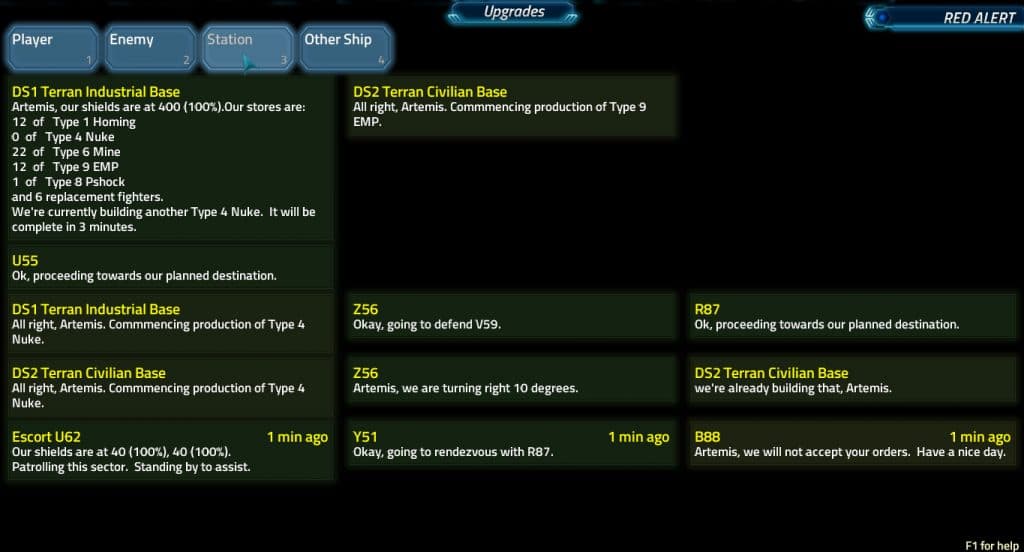
The Communications officer is responsible for sending and receiving messages from computer-controlled ships and stations. This role requires close collaboration with the Science officer to monitor the play map and stay informed about the current state of the mission. In combat situations, the Communications officer plays a crucial role by attempting to get enemy vessels to surrender, thereby reducing the threat to the crew. Effective communication and coordination with other stations are essential for maintaining situational awareness and ensuring the success of the mission.
Fighter Pilots (Max 2)
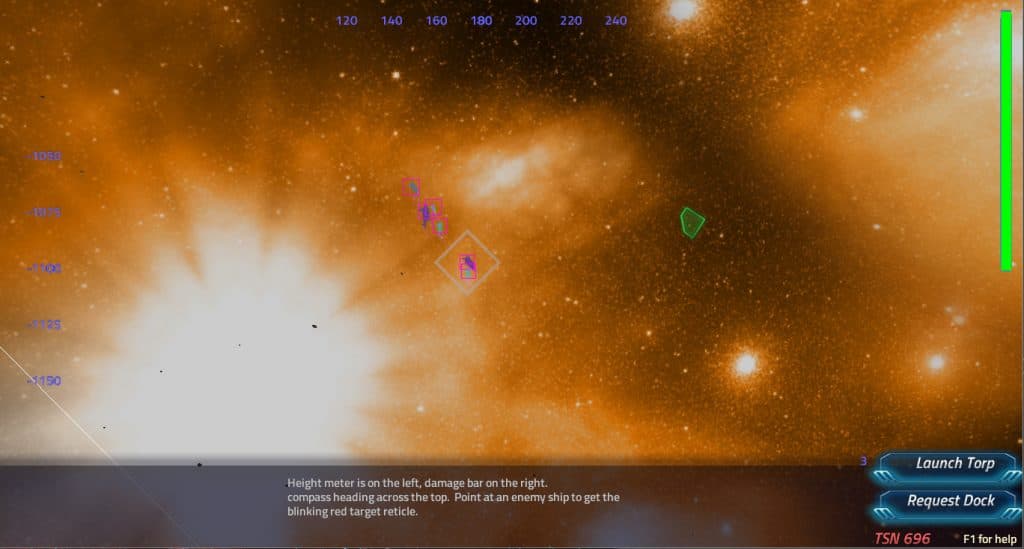
Fighter Pilots are responsible for flying the ship's fighters, small and agile spacecraft that can engage enemy ships in combat. Fighter Pilots work closely with the Helm officer to coordinate attacks and provide support during missions. These pilots must possess excellent piloting skills and situational awareness to navigate through space and engage enemy targets effectively. Fighter Pilots play a critical role in defending the ship and completing mission objectives, making them valuable assets to the crew.
